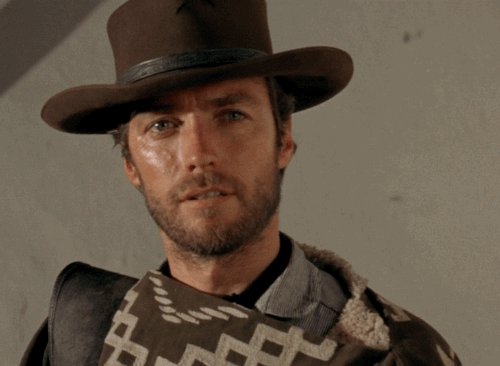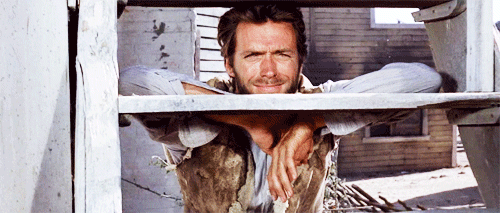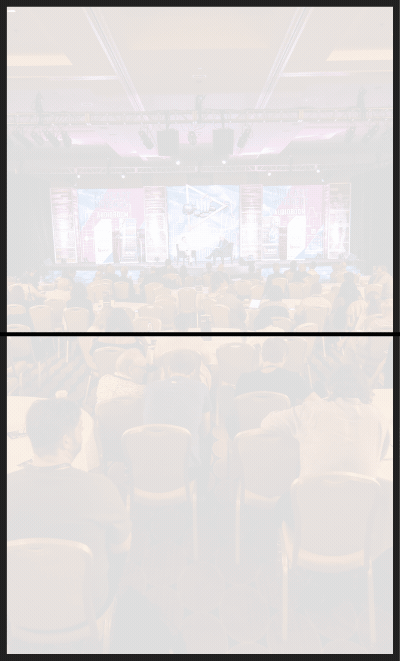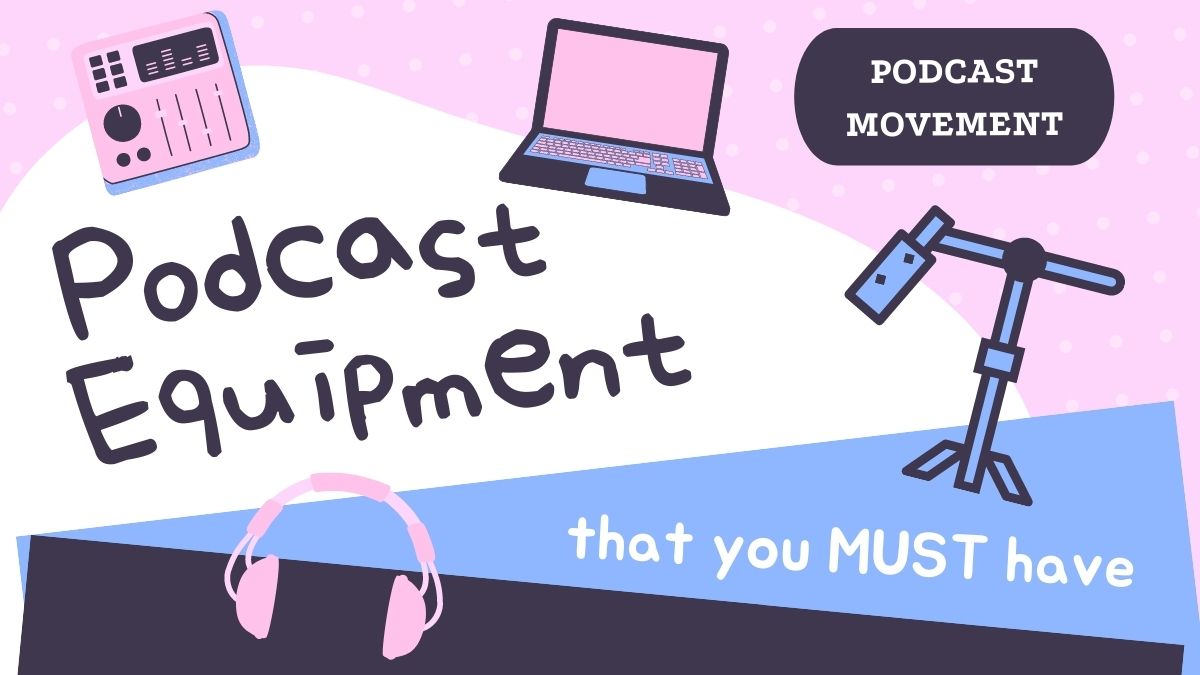Podcasting does not have many rules. Some people say that podcasting is like the wild west for this reason. Do you see yourself sitting in your car listening to a podcast, or do you see the host talking on camera? The answer may not be as simple as it seems. There are benefits and drawbacks for both video and audio podcasts.
This article will discuss the good, the bad, and the noteworthy – five benefits of a “vodcast” (podcast with video) plus five things to consider before starting your first video podcast.
The Good
1. The average person spends more time watching video than reading text-based information. Podcasts are experiencing a spike in popularity as more media sources shift towards video. “People watch an average of 16 hours of online video per week. This is up by 52% in the last two years.” YouTube has over 2.3 billion users logged in each month.
Popular podcasts that upload video versions of their podcast to Spotify and YouTube include The Joe Rogan Experience, Impact Theory, and The Moth.
2. Podcast video is a great way to engage listeners and provide more content. Why do some people think podcast video is better than audio? You get to see what's happening on the podcast – it's like being there in person. It also lets you empathize with people or processes that would otherwise be hard to picture so that you can understand them better. Some good examples of this are shown visually, such as whiteboard animation or graphics, though not all podcasts have those kinds of visuals.

3. Sharing video is a breeze on social media, but many sites do not play audio in posts. According to Wordstream, social video generates 1200% more shares than text and image content combined. Tweets with video get 10X more engagement than those without video. Over 500 million (half a BILLION) people watch videos on Facebook every day (via Forbes). Around 70% of Instagram users watch video content in the form of Stories daily.
4. You have the option of using video in other marketing channels such as email. Email service providers allow you to embed video content into their emails. Video can make it easier to create fast content to embed on websites and blog posts and upload to YouTube.
5. Audio and video quality is more accessible now than ever before with easy-to-use technology. Mobile devices can capture high-quality audio and video, while some apps like Filmora help you create compelling content.
The Bad
1. Video content often requires viewers to be stationary, so audio content is preferable in many situations. Audio podcasts allow listeners to enjoy a podcast episode while exercising, doing household chores, driving, waiting in line at the bank, etc. It's not a showstopper, but your audience may only want to consume your content via audio.
Pat Flynn from Smart Passive Income suggests that anyone who wants to build an audience should consider starting with an audio podcast. The addition of video content can happen after the podcast is well-established.
2. The attention span for people watching a video podcast is different from the attention span of an audio-only podcast. You might be willing to watch a 5-minute video, but you'll listen to a 30-minute audio podcast. Should your videos have the same length as your podcasts? Should you break up your interviews into shorter videos instead of one long segment?
3. Video takes up more storage space than audio. The file size can be a downside for those who don’t have the resources or free space to accommodate it. Uploading video is time-consuming, especially on slower internet connections.

4. It can be difficult to edit a video on your own. Audio editing is no piece of cake, but video editing takes up more time. Editing a full-length YouTube video usually takes one hour for every minute of footage. Video editing also requires an entirely new process separate from the existing procedures for an audio-only podcast. If you have someone to help you with these tasks, it’s manageable, like a virtual assistant or co-host. If you are doing it by yourself, then it can become extensive and time-consuming.
5. A video upload of your audio podcast to YouTube may hurt your channel if it is not visually compelling to hold a viewer’s attention. If you decide to create a video upload of your audio, you will want to make sure that it includes exciting graphics at a bare minimum.
The Noteworthy
In conclusion, there are benefits and drawbacks to having a podcast in video form. If you have the resources, time, or ambition, then go for it! But if not, there’s no reason to feel guilty about sticking with audio-only. Do you have an opinion? If so, please let me hear your thoughts on the subject.

Additional Resources
Livestreaming for Podcasting 101 with Felix Montelara
Practical Ways to Promote Your Podcast Using Video – Oliver Wellington
Video Magic: How to Get More Subs, Sponsors and Work with Brands with Dana Garrison



Join the Movement